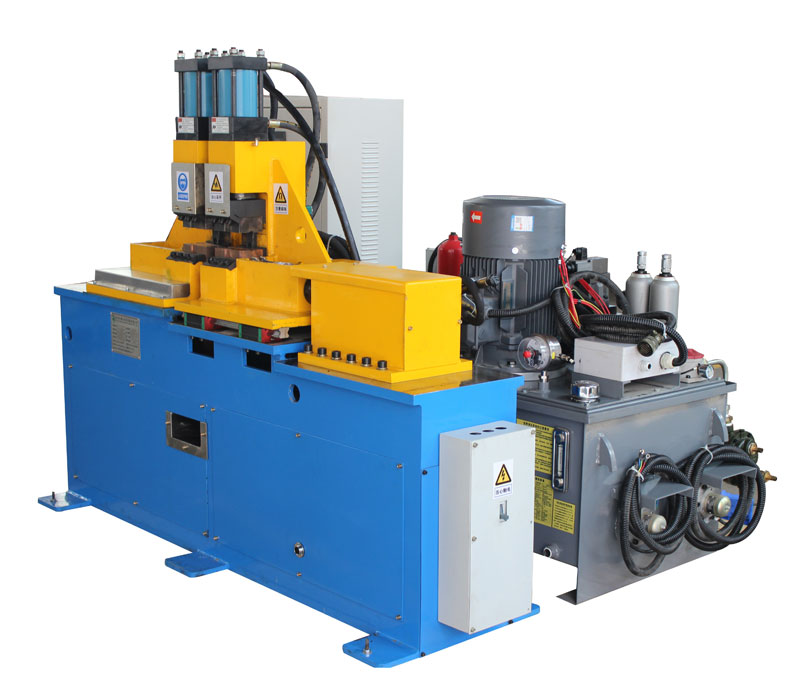Flash butt welding is a versatile and efficient welding technique that is widely used in various industries. In this article, we will provide a comprehensive overview of the flash butt welding process, including its principles, advantages, applications, and key considerations.
Introduction: Flash butt welding is a solid-state welding process that joins two metal workpieces by applying heat and pressure without the need for filler material. It is commonly used to weld long sections of rail tracks, wires, pipes, and other components. This welding method offers several advantages, including high joint strength, minimal distortion, and excellent repeatability.
The Flash Butt Welding Process:
- Preparation: The two workpieces to be joined are cleaned and squared to ensure a proper fit. This is essential for a successful weld.
- Clamping: The workpieces are securely clamped in a flash butt welding machine, with one end of each workpiece protruding beyond the clamps.
- Alignment: The workpieces are aligned precisely, ensuring that their ends are in direct contact with each other.
- Flash Phase: An initial electrical pulse is applied across the workpieces, creating a short circuit. This causes a localized flash, rapidly heating the metal surfaces to their melting point.
- Upsetting Phase: After the flash phase, the electrical current is interrupted, and the machine’s hydraulic system applies a controlled forging force. This force pushes the softened metal surfaces together, creating a solid-state bond.
- Cooling and Trimming: The welded joint is allowed to cool naturally, and any excess material is trimmed to achieve the desired dimensions.
Advantages of Flash Butt Welding:
- Strong and durable joints
- Minimal distortion
- No filler material required
- High repeatability
- Suitable for a wide range of metals
- Energy-efficient
Applications: Flash butt welding finds applications in various industries, including:
- Railway Industry: Joining rails and track components for railways.
- Wire Manufacturing: Welding wires used in cables and electrical applications.
- Pipe Fabrication: Creating seamless pipe sections for pipelines.
- Automotive Industry: Welding components like axles and drive shafts.
- Aerospace Industry: Welding critical components with high strength requirements.
Considerations:
- Proper alignment is crucial to ensure a strong and defect-free weld.
- Controlling the flashing and upsetting parameters is essential for a successful weld.
- Safety measures must be strictly followed, as flash butt welding involves high temperatures and electrical currents.
In conclusion, flash butt welding is a highly effective and efficient process for joining metal workpieces. Its ability to produce strong and consistent welds makes it a preferred choice in various industries. Understanding the principles and practices of flash butt welding is crucial for achieving reliable and high-quality welded joints.
Post time: Oct-27-2023








